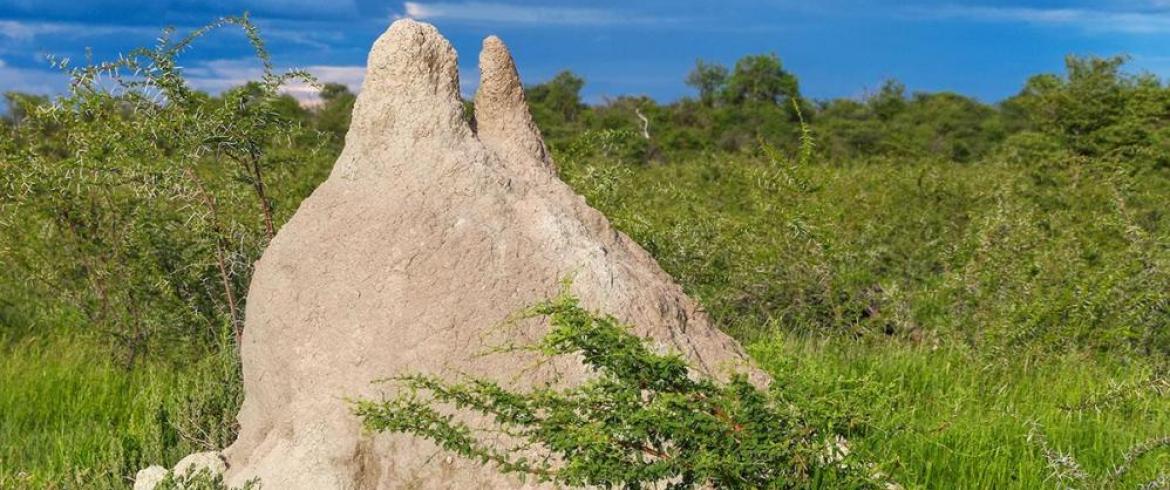
Like giant lungs, termite mounds breathe. They Inhale and exhale throughout the day as temperatures rise and fall. Turns out what’s good for termites, might be good for humans and might help humans build more energy-efficient structures.
Saurebh Saxena is a mechanical engineering doctoral student working with assistant professor Neda Yaghoobian at the FAMU-FSU College of Engineering. Saxena is the lead author on a paper that uses novel computational models to shed new light on the ventilation mechanism of termite mounds.
The paper was recently featured as the Editor’s Pick in the prestigious journal of Physics of Fluids and also selected as one of the Scilight Articles in American Institute of Physics (AIP) publication.
“Understanding transport phenomena in termite mounds might help improve energy efficiency in human structures,” Yaghoobian explains. “We are using detailed computational modeling to look at these structures.”
Termite mounds are a complex structure of tunnels and tiny holes that help with ventilation. Saxena and Yaghoobian found the primary contributors to the ventilation of open-chimney mounds are the entrance vortex and the temperature gradient within the mound cavity. They developed a computational framework that studies the effects of wind and temperature range on gas transport within the structure, both during daytime and nighttime conditions.
The researchers simulated atmospheric day and night conditions to examine ventilation under various thermal scenarios. They found that despite only small differences in daytime and nighttime conditions, the ventilation capacity of the chimney during the day is over twice that at night.
Read the paper “Stratification effects on flow and scalar transport through a deep cavity: A bioinspired examination,” by Saurabh Saxena and Neda Yaghoobian, Physics of Fluids (2020).
